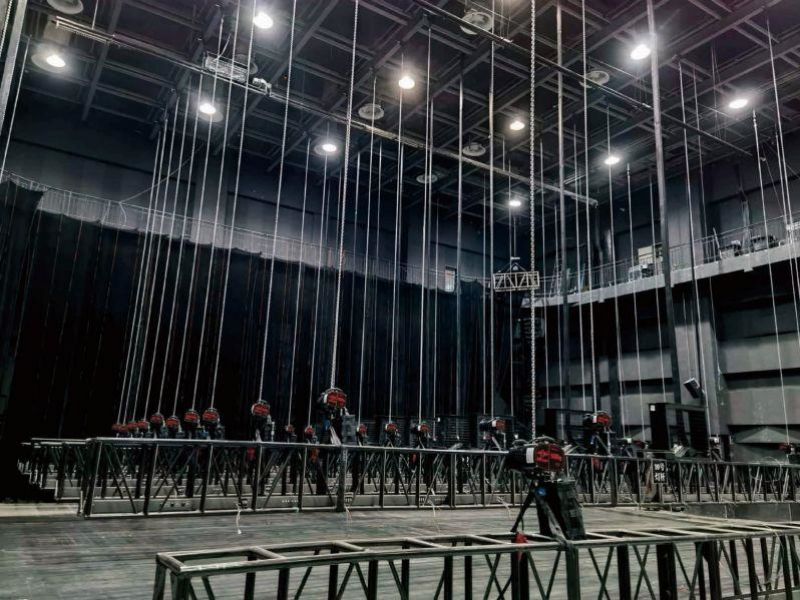
Theatre rigging systems play a critical role in creating safe, effective, and visually stunning performances. However, these systems are subject to intense stress, requiring regular inspections to ensure they remain secure and functional. Regular rigging inspections not only enhance safety but also optimize performance by identifying and resolving potential issues before they impact a production.
Why Regular Theatre Rigging Inspections Are Essential
Theatre rigging systems support a variety of suspended equipment, including lighting, sound systems, and set pieces. Given their constant use, routine inspections are essential to detect wear, corrosion, misalignment, or other issues that could compromise safety. Inspection schedules and protocols vary based on the complexity and usage of the rigging, making it crucial to adhere to best practices to minimize risks.
Key Elements of Theatre Rigging Inspections
- Structural Integrity Checks
Inspectors assess load-bearing components, such as beams and support points, to confirm they meet safety standards. These checks prevent structural failures that could lead to accidents during performances. - Hardware and Component Examination
All hardware, including cables, pulleys, and clamps, must be checked for wear, rust, or looseness. Ensuring these components function properly minimizes the risk of malfunctions during set changes or special effects. - Automation and Control System Testing
Modern theatres often incorporate automated rigging systems, which require regular software and hardware tests. Technicians confirm that the automation systems are calibrated, responsive, and free from errors to ensure smooth operations. - Counterweight and Load Balance Assessment
Rigging teams verify that counterweights are balanced and appropriately matched to loads. This prevents tipping, swaying, or other imbalances that could disrupt performances or cause accidents.
Benefits of Professional Rigging Inspections
Enhanced Safety for Cast and Crew
Regular inspections safeguard the health and well-being of performers, crew members, and the audience by reducing the risk of equipment failures.
Extended Lifespan of Rigging Equipment
Maintenance and early issue detection extend the life of rigging components, reducing repair costs and ensuring consistent performance.
Compliance with Industry Standards
Professional rigging inspections ensure theatres comply with safety regulations and industry standards, avoiding fines and ensuring audience trust.
How Often Should Theatre Rigging Inspections Be Conducted?
Most theatre rigging systems benefit from at least annual inspections, with more frequent checks recommended for high-usage venues. Inspections should be conducted by certified professionals who understand the unique demands of theatre rigging and can provide detailed assessments.
Conclusion
Theatre rigging inspections are essential for ensuring the safety, functionality, and longevity of a venue’s rigging system. Regular checks by experienced professionals help prevent accidents, optimize system performance, and uphold industry standards, making them a crucial aspect of any theatre’s maintenance plan.